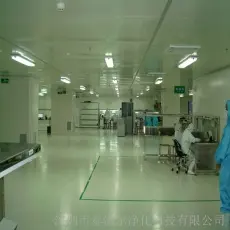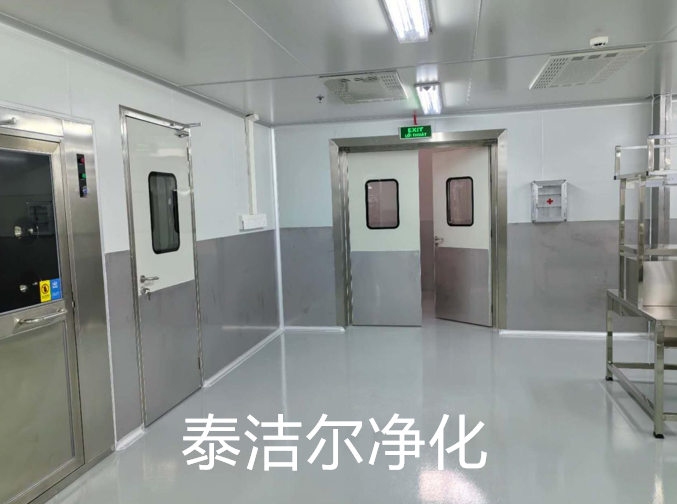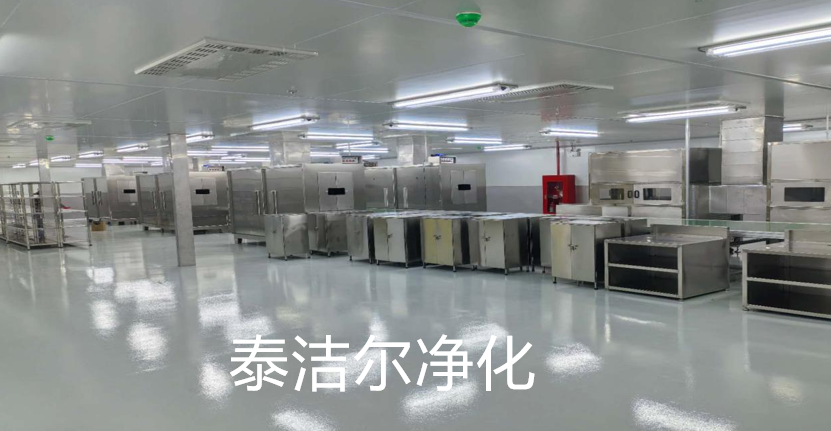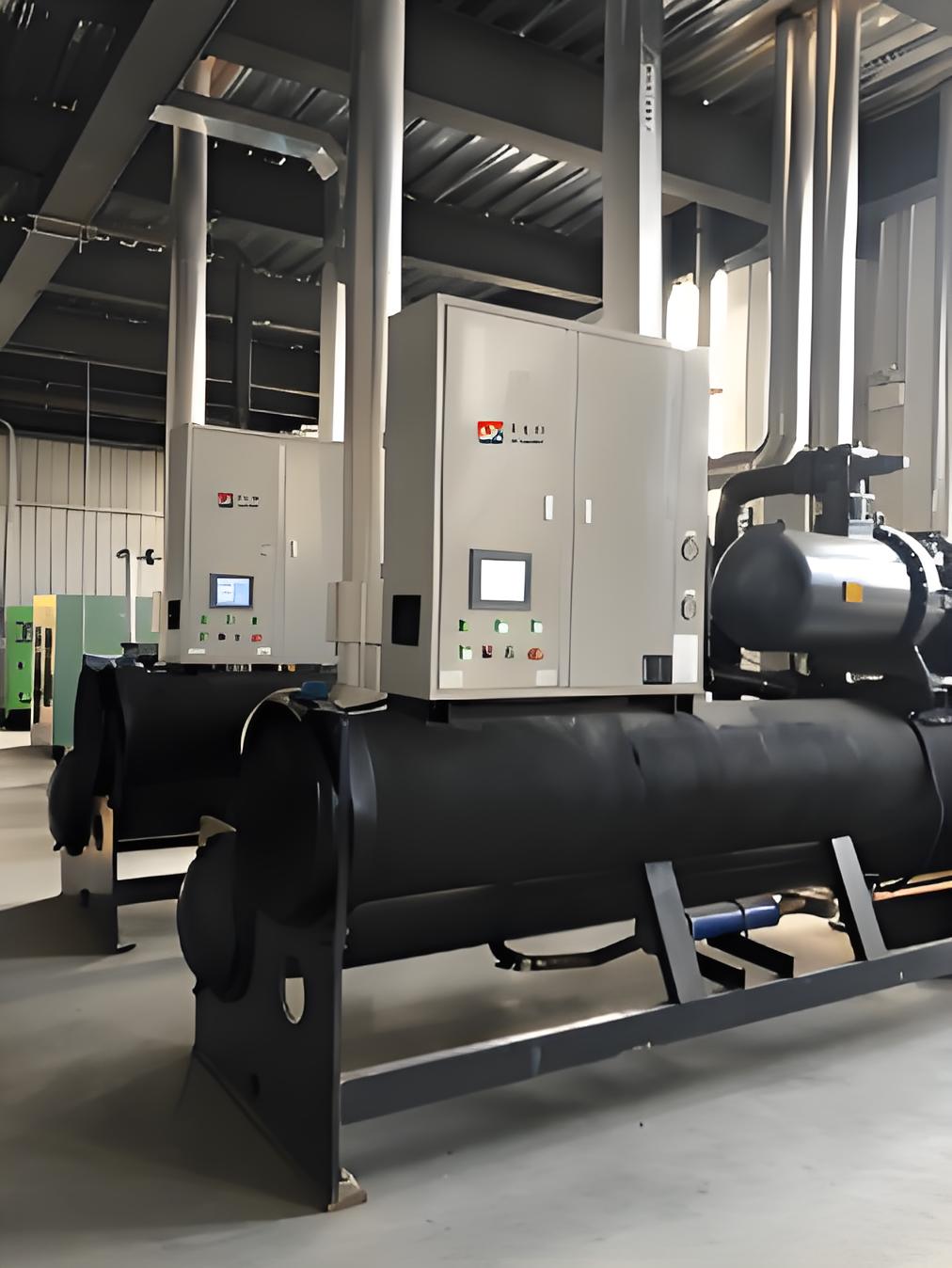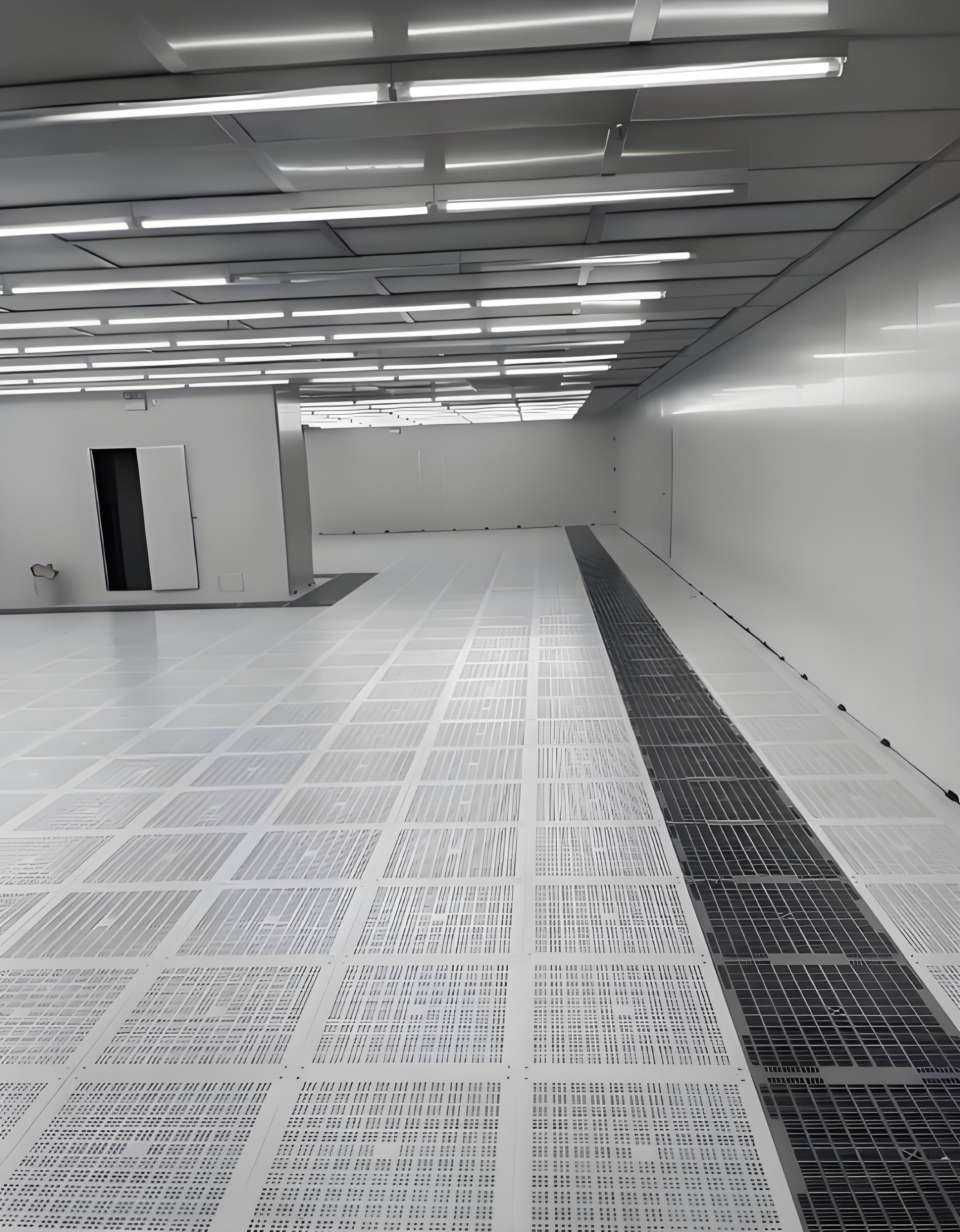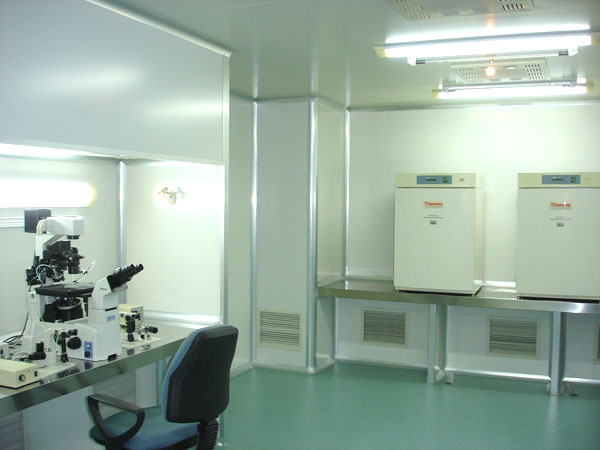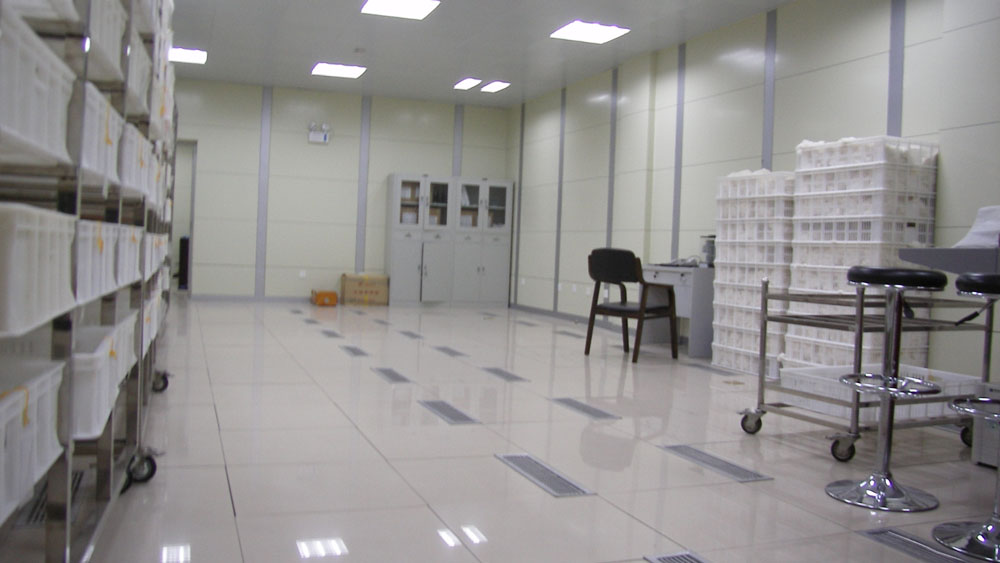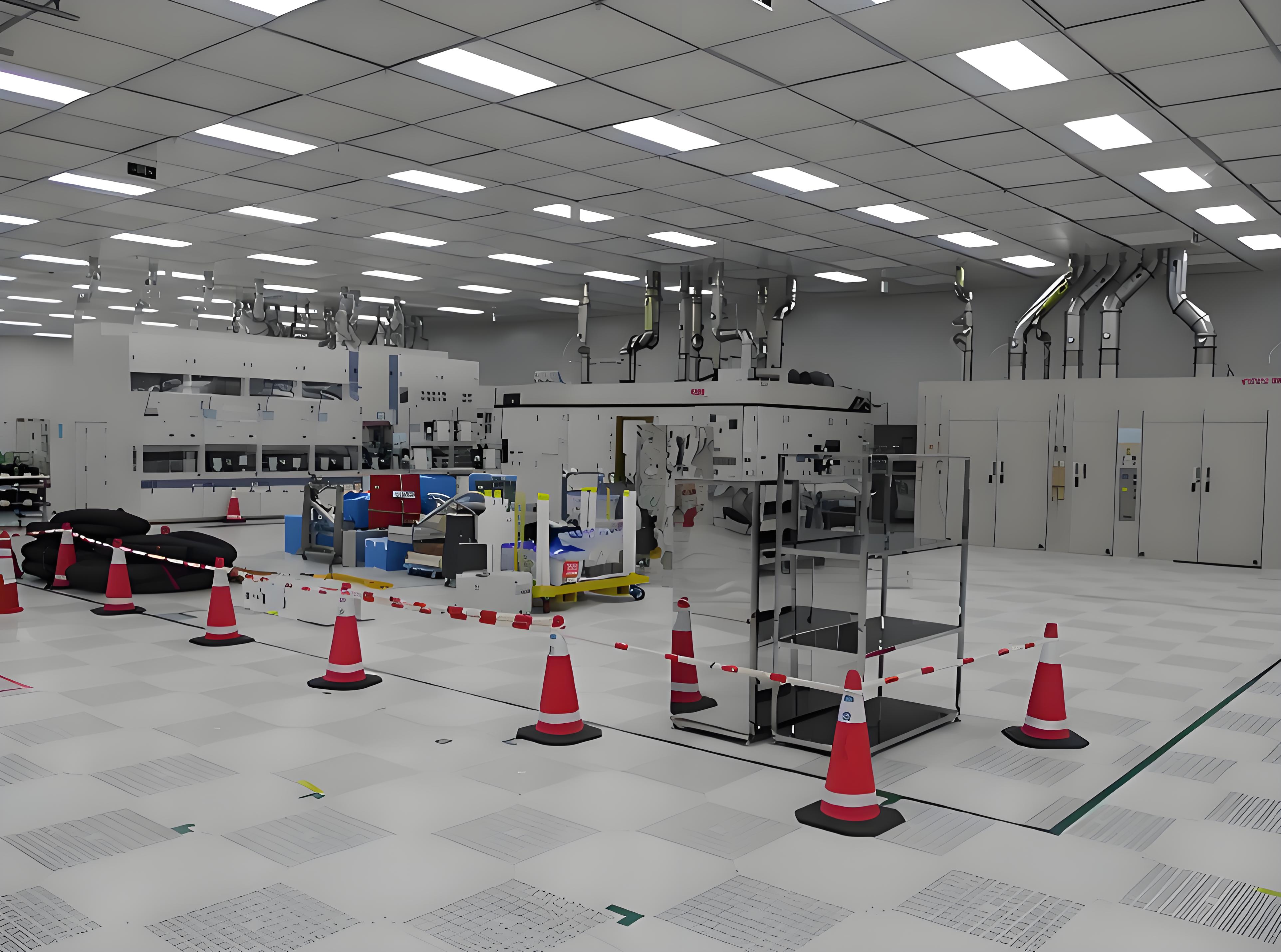I. Seamless anti-static epoxy flooring (Cleanroom projects)
- Construction process for seamless anti-static epoxy flooring: (1) Surface preparation: Grinding and cleaning the floor, requiring a dry and non-flaking base. (2) Primer coating: Applying a conductive primer layer. (3) Laying copper mesh: Cross-weaving copper mesh. (4) Intermediate coating: Applying an anti-static intermediate layer to the required thickness. (5) Top coating: Applying a seamless anti-static top layer.
- Applications of seamless anti-static epoxy flooring: Suitable for cleanrooms requiring high anti-static performance, such as telecommunications equipment factories, sterile chip production facilities, SMT cleanrooms, sterile optical laboratories, testing labs, etc. (Cleanroom projects)
II. Standard seamless epoxy flooring (Cleanroom projects)
- Construction process for standard seamless epoxy flooring: (1) Grinding, sweeping, and vacuuming the floor. (2) Applying a full-coverage primer. (3) Applying a filler layer (intermediate coat). (4) Sanding and vacuuming. (5) Applying the seamless top layer.
- Applications of standard seamless epoxy flooring: Electronics factories, power plants, food processing plants, cosmetics factories, packaging plants, textile factories, garment factories, etc. (Cleanroom projects)
III. Colored quartz epoxy flooring (Cleanroom projects)
- Construction process for colored quartz epoxy flooring: (1) Surface treatment by sandblasting. (2) Applying epoxy primer and spreading quartz sand. (3) Mixing colored epoxy with quartz sand (1:10 ratio) and applying to required thickness. (4) Mechanical compaction (machine polishing). (5) Applying a transparent topcoat to seal gaps.
- Floor thickness: Typically 3–5mm.
- Applications of colored quartz epoxy flooring: Suitable for areas requiring wear resistance, impact resistance, high-end decoration, and unique styles. Particularly ideal for airports, large shopping centers, exhibition halls, subway stations, telecommunications facilities, medical hygiene areas, high-end entertainment venues, office buildings, food production facilities, school laboratories, and other places that prioritize cleanliness and long-term durability. (Cleanroom projects)
IV. Raised access flooring (Cleanroom projects)
- Construction process for raised access flooring: (1) Marking lines on a cleaned floor. (2) Installing cross beams and support columns. (3) Leveling the beams and tightening screws. (4) Installing floor panels (movable panels). (5) Cleaning the surface after installation.
- Applications of raised access flooring: Electronics factories, semiconductor plants, optoelectronics industry, electrical rooms, constant temperature & humidity labs, cleanrooms with Class 100 or higher standards, etc. (Cleanroom projects)
V. PVC flooring (Cleanroom projects)
- Construction process for PVC flooring: (1) Base inspection. (2) Preliminary base treatment. (3) Applying self-leveling underlayment—Coating adhesive (interface layer). (4) Applying self-leveling underlayment—Mixing and pouring self-leveling compound. (5) Floor panel installation—Cutting. (6) Floor panel installation—Gluing. (7) Floor panel installation—Air removal. (8) Floor panel installation—Grooving (between panels). (9) Floor panel installation—Seam welding.
- Applications of PVC flooring: Very versatile, including homes, hospitals, schools, offices, factories, public spaces, supermarkets, commercial areas, and many other locations. (Cleanroom projects)
